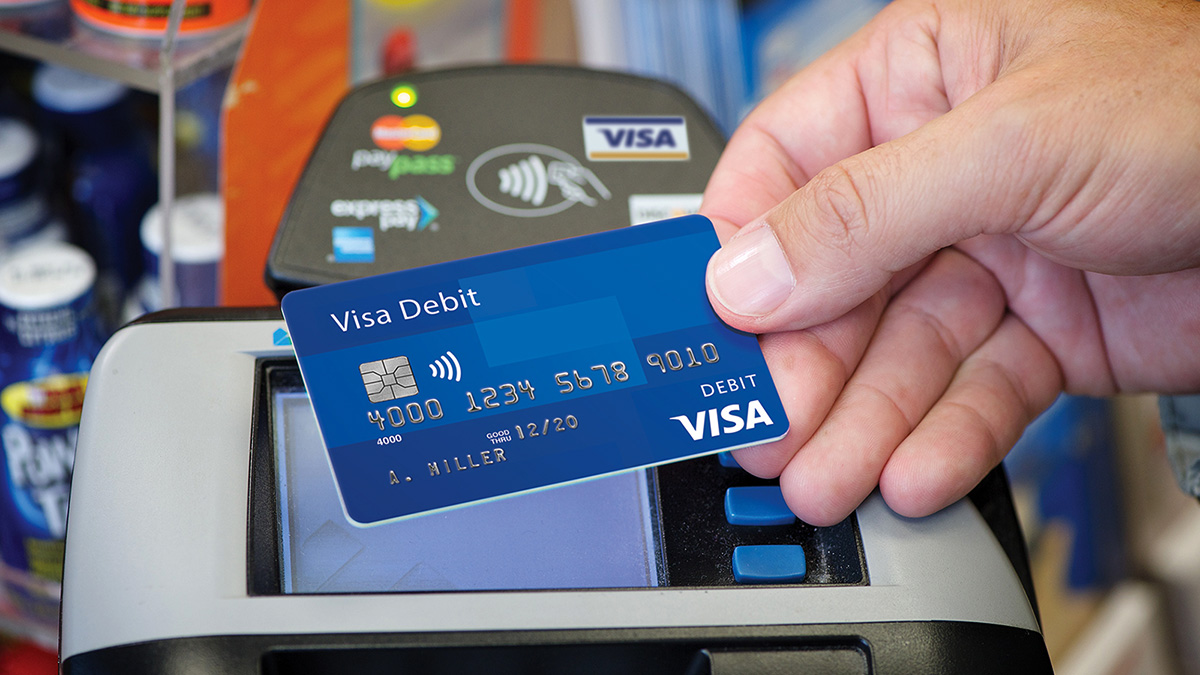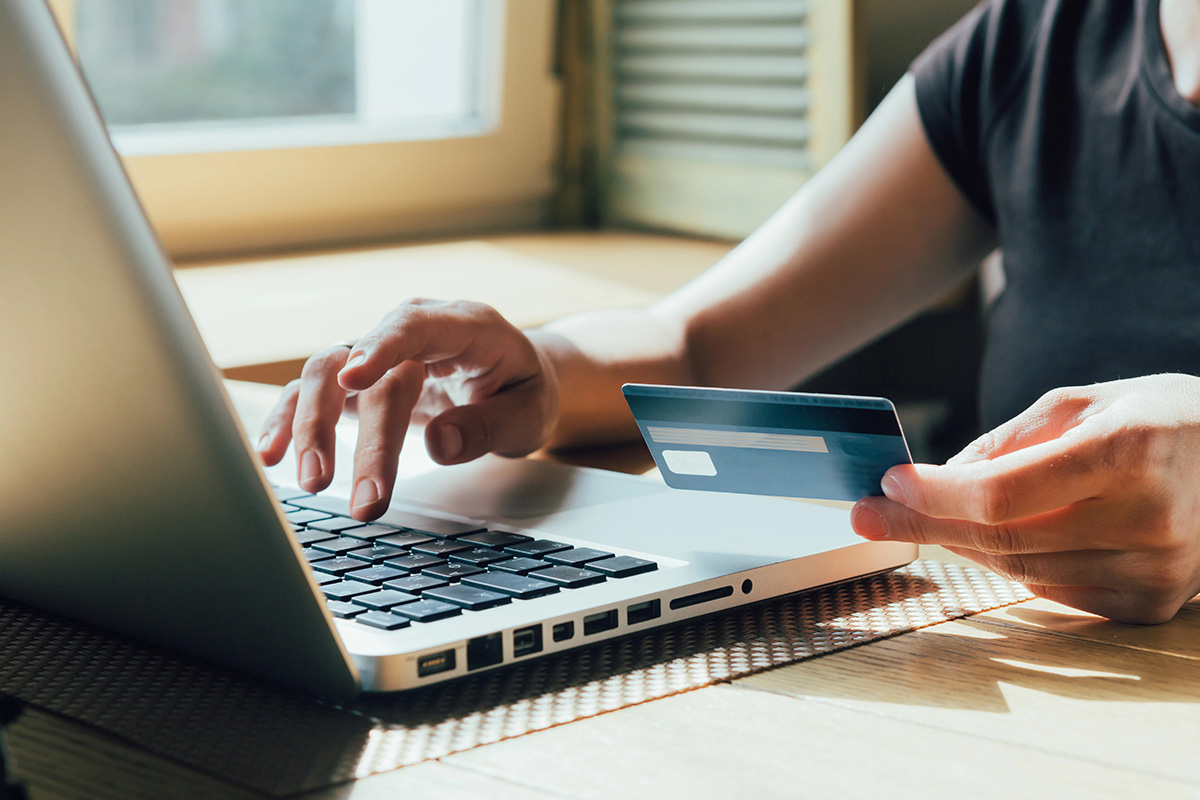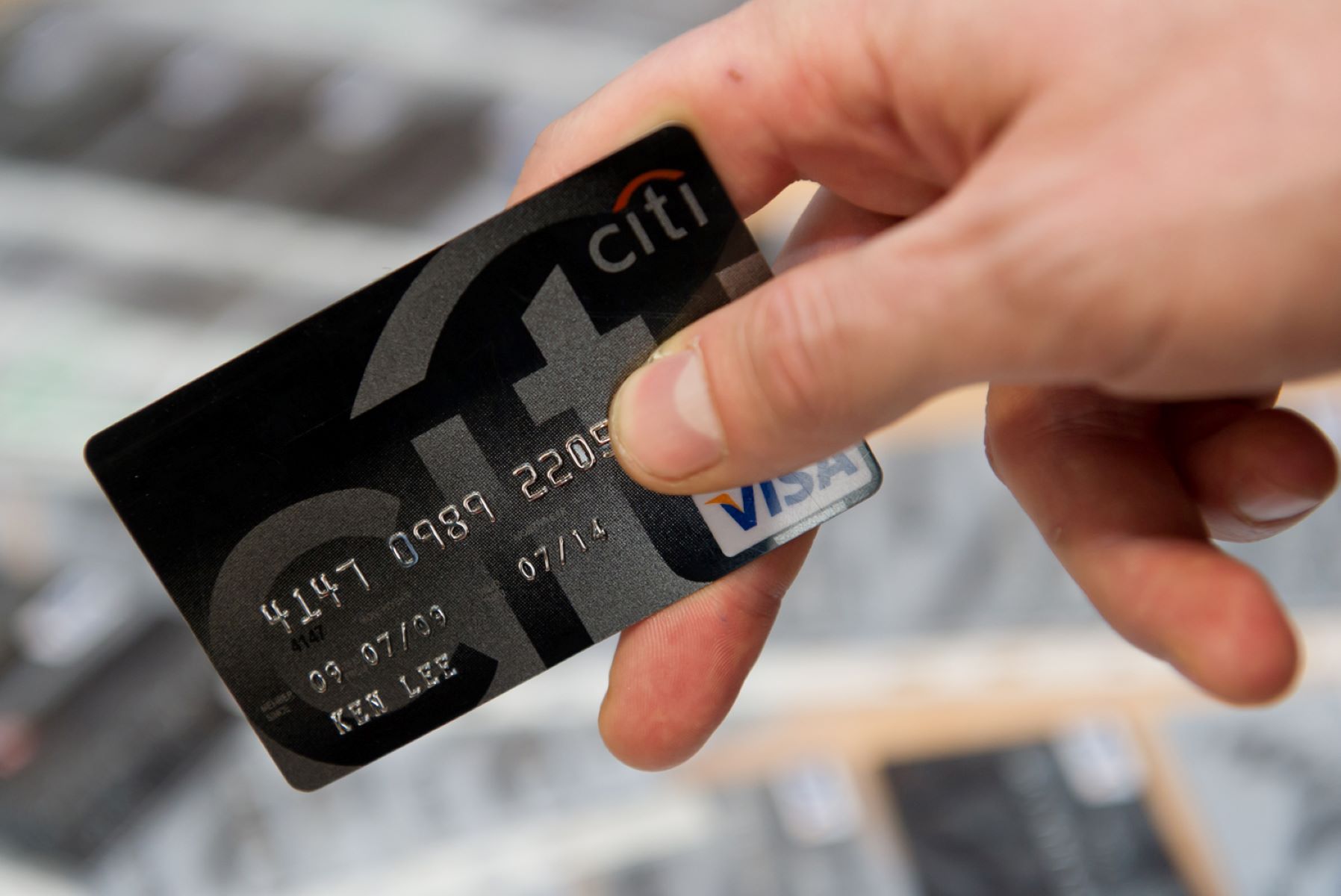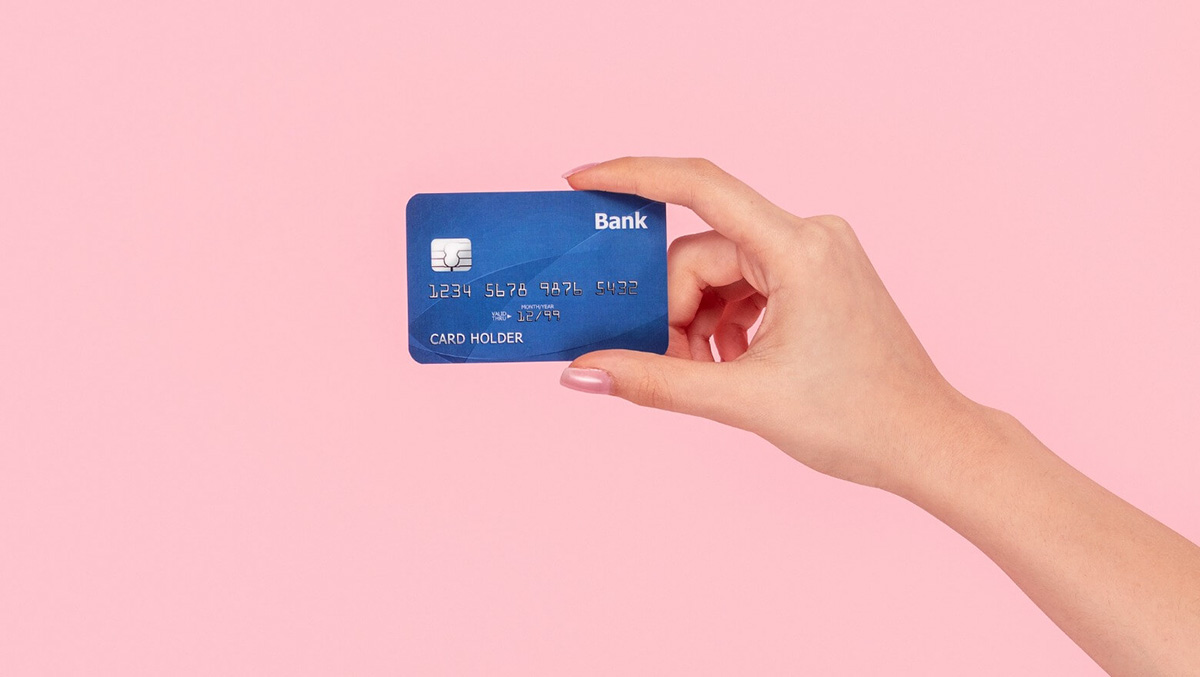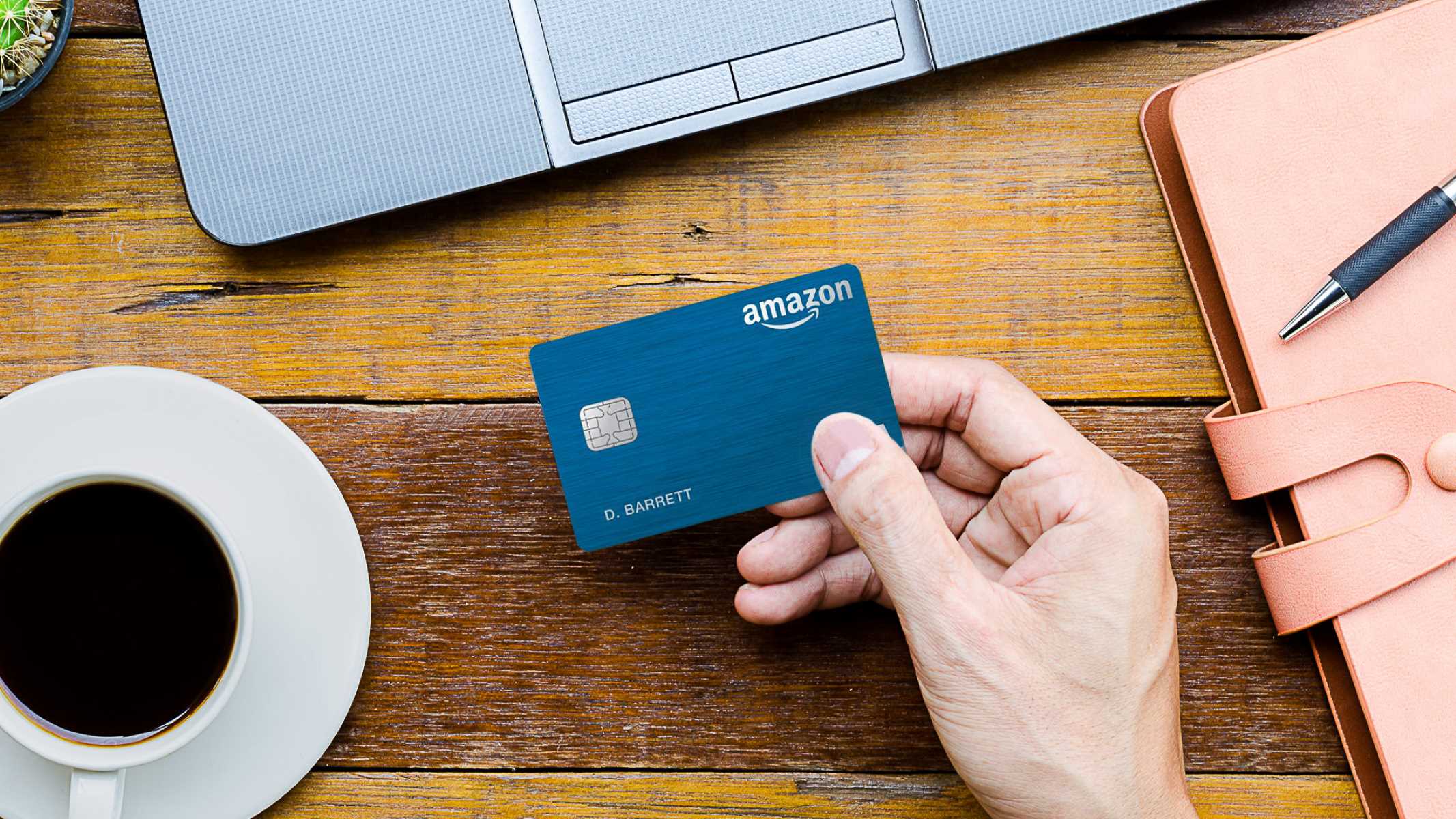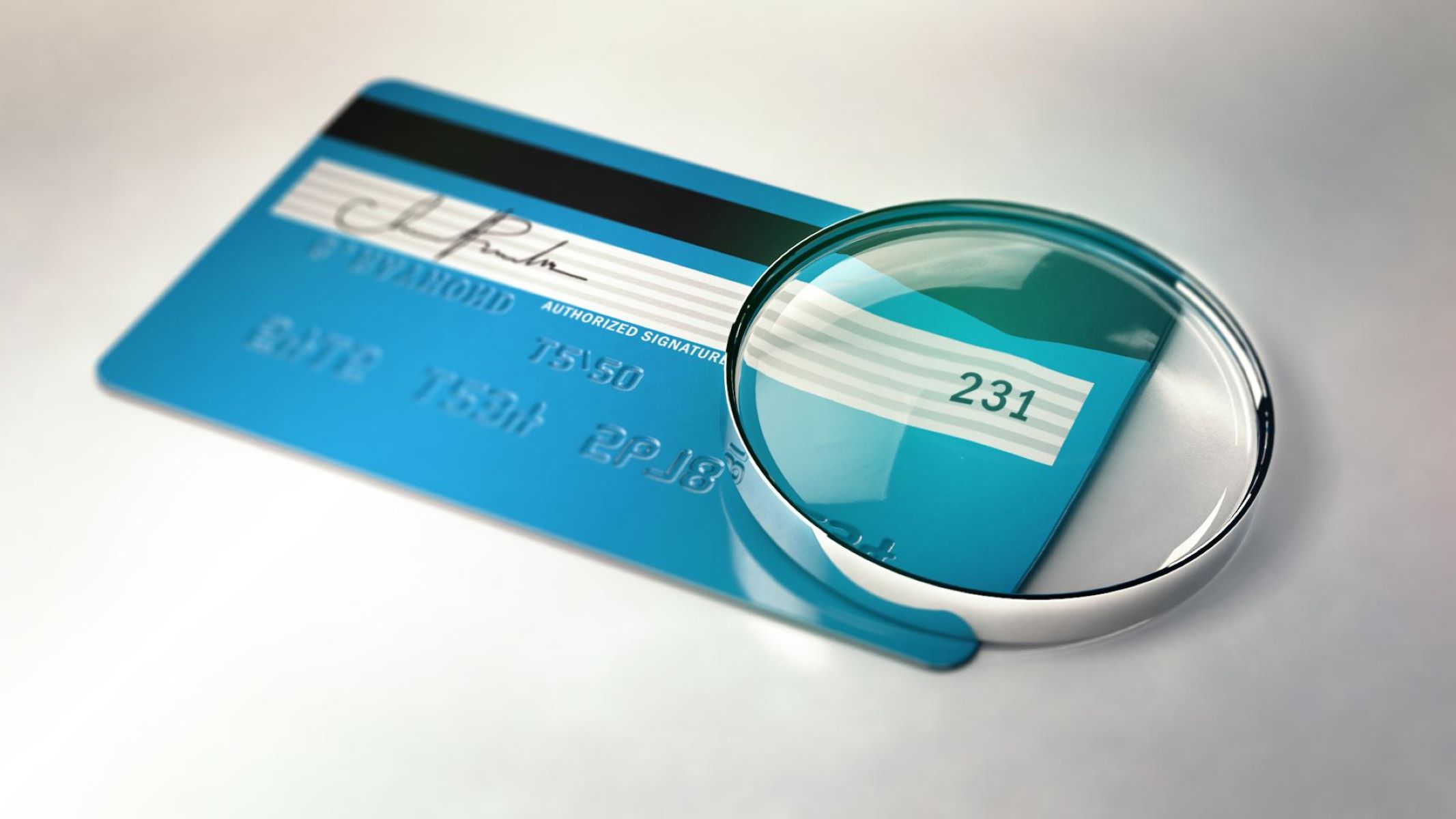

Finance
What Is A CVV2 Number On A Credit Card
Modified: March 1, 2024
Learn what a CVV2 number is on a credit card and why it is important for your financial security. Discover how to keep your money safe with this essential finance tip.
(Many of the links in this article redirect to a specific reviewed product. Your purchase of these products through affiliate links helps to generate commission for LiveWell, at no extra cost. Learn more)
Table of Contents
Introduction
Credit cards have become an integral part of our daily lives, offering convenience and flexibility in making purchases. However, with the rise of online shopping and the increasing sophistication of fraudulent activities, ensuring the security of credit card transactions has become crucial. One important security feature that adds an extra layer of protection is the CVV2 number.
The CVV2 number, also known as the Card Verification Value 2, is a three-digit code that is typically located on the back of a credit card. This number serves as a unique identifier that helps validate the authenticity of the card during online transactions.
In this article, we will delve into the significance of the CVV2 number and its role in safeguarding your financial transactions. We will explore how it is generated, where to find it, and why it is essential to keep this number confidential. We will also provide valuable tips for protecting your CVV2 number to help you stay one step ahead of potential fraudsters.
What is a CVV2 Number?
The CVV2 number is a three-digit code that is printed on the back of most credit and debit cards. It is an additional security measure that helps verify the authenticity of the card during online transactions. CVV2 stands for Card Verification Value 2 and is often referred to as the card security code or card verification code.
The purpose of the CVV2 number is to prevent unauthorized use of the card and protect against fraudulent activities. Since the CVV2 number is not embedded in the magnetic stripe or embossed on the front of the card, it helps verify that the cardholder is in possession of the physical card. This makes it more difficult for fraudsters to use stolen card details for online transactions.
Each card-issuing company has its own method of generating CVV2 numbers, making them unique and not easily guessable. The combination of the card number, expiration date, and CVV2 number adds an extra layer of security, making it more challenging for fraudsters to use stolen card information.
It’s important to note that the CVV2 number is not the same as the PIN (Personal Identification Number) used for ATM transactions. The PIN is a four-digit number that is used for authentication during in-person transactions at ATMs or point-of-sale terminals.
Overall, the CVV2 number plays a vital role in ensuring the security and integrity of online transactions. By requiring the CVV2 number, merchants can verify that the individual making the purchase is in possession of the physical card, reducing the risk of fraudulent transactions.
Purpose of a CVV2 Number
The primary purpose of a CVV2 number is to enhance the security of credit and debit card transactions, particularly those conducted online. By requiring the CVV2 number, merchants can verify that the individual making the purchase is in possession of the physical card, reducing the risk of fraudulent transactions.
The CVV2 number serves as a safety measure against unauthorized use of a card. Since the CVV2 number is not embossed on the card and is not part of the magnetic stripe data, it cannot be easily obtained by skimming devices or stolen card information. This added layer of security helps protect both the cardholder and the merchant from potential fraudulent activities.
By requiring the CVV2 number during online transactions, merchants can verify that the buyer is the genuine cardholder. This deters fraudsters who may have access to stolen card information but lack the physical card necessary to provide the CVV2 number.
Another purpose of the CVV2 number is to prevent automated bots and software programs from making unauthorized transactions. These programs often lack the ability to provide the CVV2 number, making it more difficult for them to bypass security measures.
Furthermore, the CVV2 number adds an extra layer of security when conducting card-not-present transactions, such as online purchases or phone orders. By requiring the CVV2 number, merchants can verify the legitimacy of the purchase and reduce the risk of chargebacks or fraudulent activities.
It is important to understand that while the CVV2 number provides an additional security measure, it does not guarantee complete protection against fraud. It is still crucial for cardholders to remain vigilant and take necessary precautions when sharing their card information online.
In summary, the purpose of a CVV2 number is to enhance the security of credit and debit card transactions, protect both the cardholder and the merchant from fraudulent activities, and decrease the likelihood of unauthorized use of a card during online transactions. By providing this additional verification, the CVV2 number helps ensure the integrity and authenticity of each transaction.
How is a CVV2 Number Generated?
The process of generating a CVV2 number varies depending on the card-issuing company. Each card-issuing company has its own algorithm, making the CVV2 number unique and not easily guessable. The method used to generate CVV2 numbers is closely guarded by card-issuing companies to maintain the integrity and security of the system.
In most cases, the CVV2 number is derived from the card’s information, including the card number, expiration date, and a secret encryption key known only to the card-issuing company. This information is processed through a complex mathematical algorithm, producing a three-digit CVV2 code.
The CVV2 number is not stored on the magnetic stripe or embossed on the front of the card. Instead, it is printed on the back of the card and often appears to be part of the signature panel. This placement helps protect the CVV2 number from being easily seen or scanned by unauthorized individuals or devices.
It’s important to note that the CVV2 number is not stored on the merchant’s server or database during online transactions. Instead, it is sent directly to the card-issuing bank for verification. This further reduces the risk of the CVV2 number being compromised or abused.
As technology evolves, card-issuing companies continue to enhance the security of CVV2 numbers. Some companies have implemented dynamic CVV2 numbers, which change periodically or with each transaction. These dynamic CVV2 numbers provide an additional layer of protection against fraud and ensure that even if the CVV2 number is obtained by unauthorized sources, it will no longer be valid for future transactions.
Overall, the generation of CVV2 numbers involves complex algorithms and encryption methods to ensure their uniqueness and security. By keeping the algorithm confidential and implementing protective measures, card-issuing companies strive to maintain the integrity and reliability of CVV2 numbers in combatting fraudulent activities.
Where to Find the CVV2 Number?
The CVV2 number is a three-digit code that is typically located on the back of most credit and debit cards. It is often printed on the right side of the signature panel, following the last four digits of the card number. The CVV2 number is not embossed, making it appear flat against the card surface.
On most Visa and Mastercard branded cards, the CVV2 number consists of three digits and is located to the right of the signature panel. The signature panel is a white strip with the cardholder’s signature and may also contain other security features.
For American Express cards, the CVV2 number is a four-digit code printed on the front of the card, above the cardholder’s account number. It is typically located on the right side of the card, just above the embossed cardholder’s name.
When making online transactions, the CVV2 number is often required as part of the checkout process. Merchants request the CVV2 number to verify that the person making the purchase has the physical card in their possession, adding an extra layer of security to the transaction.
It is important to keep in mind that the CVV2 number should be kept confidential and not shared with anyone. Never disclose the CVV2 number in response to unsolicited phone calls, emails, or text messages, as reputable merchants will never ask for this information. Sharing the CVV2 number with unauthorized individuals can lead to unauthorized transactions and potential fraud.
If you are unable to locate the CVV2 number on your card or if it has worn off, contact your card-issuing bank or financial institution for assistance. They will be able to provide guidance on how to obtain a new card or retrieve the CVV2 number.
In summary, the CVV2 number is typically found on the back of most credit and debit cards, near the signature panel. For American Express cards, it is printed on the front, above the account number. When making online transactions, the CVV2 number is often required to enhance security. Remember to keep the CVV2 number confidential and not share it with anyone to protect against unauthorized use.
Importance of CVV2 Number for Online Transactions
The CVV2 number plays a crucial role in ensuring the security of online transactions. It provides an additional layer of protection against unauthorized use of credit and debit cards, making it an essential component of online payment security measures.
One of the primary reasons for the importance of the CVV2 number is its ability to confirm that the individual making the online purchase is in possession of the physical card. By requiring the CVV2 number, merchants can verify the authenticity of the transaction and reduce the risk of fraudulent activities.
Since the CVV2 number is not embossed on the card and is not part of the magnetic stripe data, it cannot be easily obtained by skimming devices or stolen card information. This makes it more difficult for fraudsters to use stolen credit card details for online transactions.
Additionally, the CVV2 number helps protect against automated bots and software programs that may attempt to make unauthorized transactions. These programs often lack the ability to provide the CVV2 number, making it more challenging for them to bypass security measures and complete fraudulent transactions.
The CVV2 number also provides an added layer of security during card-not-present transactions, which are common in online shopping. By requiring the CVV2 number, merchants can verify the legitimacy of the purchase and reduce the risk of chargebacks or fraudulent activities. This helps protect both the cardholder and the merchant from financial losses.
It’s important to note that the CVV2 number is not stored on the merchant’s server or database during online transactions. Instead, it is sent directly to the card-issuing bank for verification. This reduces the risk of the CVV2 number being compromised or abused in case of a data breach.
Overall, the CVV2 number is of utmost importance for online transactions as it serves as a critical security measure. By requiring the CVV2 number, merchants can verify the authenticity of the card and reduce the risk of fraudulent activities. Cardholders must always keep their CVV2 numbers confidential and not share them with unauthorized individuals to maintain the security of their transactions.
Tips for Protecting Your CVV2 Number
Protecting your CVV2 number is essential to ensure the security of your credit and debit card transactions. By following these tips, you can minimize the risk of your CVV2 number falling into the wrong hands and prevent potential fraudulent activities.
- Keep your CVV2 number confidential: Never share your CVV2 number with anyone, especially through unsolicited phone calls, emails, or text messages. Reputable merchants will never ask for this information, so be cautious of any requests asking for your CVV2 number.
- Memorize your CVV2 number: Avoid writing down your CVV2 number or storing it on any electronic devices. Instead, commit it to memory or use secure password management tools to keep it accessible yet protected.
- Be cautious of phishing scams: Be vigilant of phishing scams that attempt to trick you into revealing your CVV2 number or other personal information through fraudulent emails or websites. Always verify the legitimacy of the website or email sender before entering any sensitive information.
- Choose secure online merchants: When making online purchases, ensure that the websites you transact with have secure payment gateways and encryption methods in place. Look for the padlock symbol in the URL bar and ensure that the website URL begins with “https://” to indicate a secure connection.
- Regularly monitor your card statements: Keep a close eye on your card statements and transaction history to quickly identify any unauthorized charges. If you notice any suspicious activity, report it to your card issuer immediately.
- Protect your physical card: Keep your credit and debit cards in a secure wallet or cardholder to prevent them from getting lost or stolen. Additionally, be cautious of where you use your card and only provide it to trusted merchants.
- Secure your online accounts: Use strong, unique passwords for your online accounts and enable two-factor authentication whenever possible. This adds an extra layer of security to protect your personal and financial information.
- Stay updated on security best practices: Keep yourself informed about the latest security threats and best practices for protecting your personal information. Stay alert to any news or alerts regarding data breaches or security vulnerabilities in the financial industry.
By following these tips, you can significantly reduce the risk of your CVV2 number being compromised and ensure the security of your credit and debit card transactions. Remember, protecting your CVV2 number is an essential step in maintaining your financial security.
Conclusion
The CVV2 number serves as a vital security feature for credit and debit card transactions, especially in the realm of online shopping. It provides an additional layer of protection by verifying the authenticity of the card and deterring fraudulent activities.
Throughout this article, we have explored the significance of the CVV2 number and its role in safeguarding your financial transactions. We have discussed the purpose of the CVV2 number, how it is generated, where to find it, and why it is crucial to keep it confidential. Additionally, we have provided valuable tips for protecting your CVV2 number to ensure the security of your online transactions.
By understanding the importance of the CVV2 number and implementing the recommended security measures, you can actively protect yourself against potential fraud. Keep your CVV2 number confidential, be cautious of phishing attempts, choose secure online merchants, and regularly monitor your card statements. These practices will help minimize the risk of your CVV2 number falling into the wrong hands and protect your financial well-being.
Remember, while the CVV2 number plays a significant role in securing online transactions, it should not be considered a standalone security measure. It is equally important to practice good online hygiene, such as using strong passwords, keeping your devices updated, and being vigilant for any suspicious activity.
In conclusion, the CVV2 number is a powerful tool in the fight against fraud and provides an additional layer of security for your online transactions. By implementing the recommended tips and staying informed about emerging threats, you can confidently enjoy the convenience and peace of mind that comes with secure online shopping.

